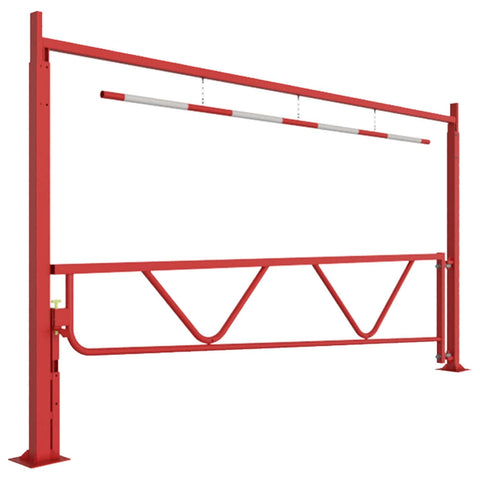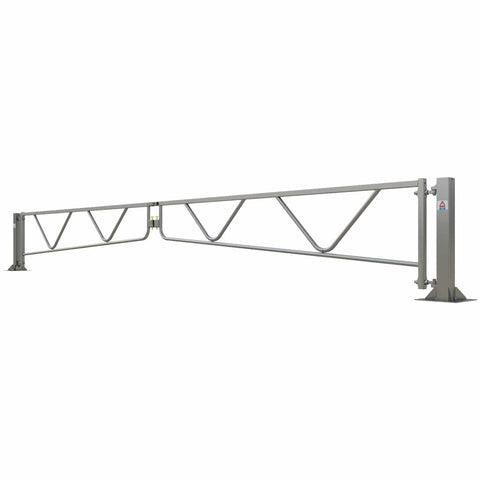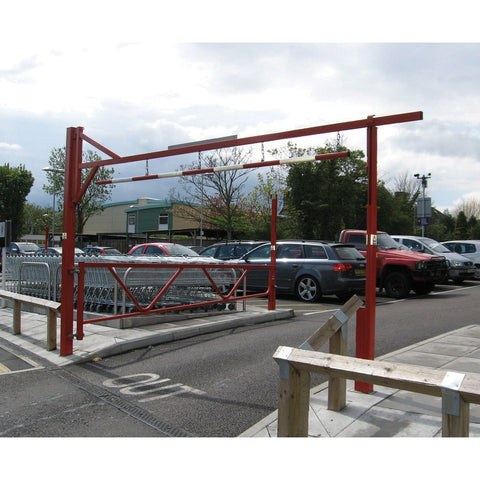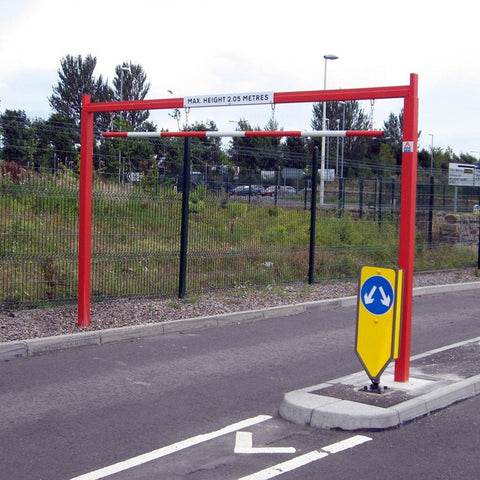Vehicle Control
Vehicle control is an essential component of traffic management systems that help regulate the flow of traffic, ensure safety, and maintain order on the roadways. Vehicle control measures include traffic signals, speed humps, and speed limits, among others. These measures aim to reduce congestion, prevent accidents, and improve the overall efficiency of transportation. Effective vehicle control strategies require careful planning, design, and implementation, taking into account factors such as traffic volume, road conditions, and pedestrian safety. Proper vehicle control measures can significantly enhance the safety and ease of movement for all road users, making the roads safer and more efficient.
Vehicle Control
Frequently Asked Questions
Q: What is vehicle control?
A: Vehicle control is the implementation of measures and strategies to regulate the flow of traffic, ensure safety, and maintain order on the roadways.
Q: What are some examples of vehicle control measures?
A: Some examples of vehicle control measures include traffic signals, speed humps, speed limits, roundabouts, and lane markings, among others.
Q: Why is vehicle control important?
A: Vehicle control is important because it helps to reduce congestion, prevent accidents, and improve the overall efficiency of transportation. Effective vehicle control strategies can significantly enhance the safety and ease of movement for all road users.
Q: How do traffic signals help with vehicle control?
A: Traffic signals are a critical component of vehicle control, providing a clear indication of when it is safe to proceed and when to stop. They help to regulate the flow of traffic, reduce congestion, and prevent accidents.
Q: What are speed humps and how do they help with vehicle control?
A: Speed humps are raised sections of pavement designed to slow down traffic and reduce speed. They help to improve safety by encouraging drivers to slow down and pay attention to their surroundings, particularly in areas with high pedestrian traffic.
Q: How are speed limits determined?
A: Speed limits are determined based on a variety of factors, including road conditions, traffic volume, and pedestrian safety. They are typically set by local or state governments in accordance with established guidelines and regulations.
Q: What is the role of planning and design in effective vehicle control?
A: Planning and design play a critical role in the effective implementation of vehicle control measures. Careful consideration of factors such as traffic volume, road conditions, and pedestrian safety is necessary to ensure that vehicle control measures are effective and efficient.
Q: How can vehicle control measures benefit road users?
A: Vehicle control measures can benefit road users by improving safety, reducing congestion, and making transportation more efficient. They can also help to ensure that all road users, including pedestrians and cyclists, have equal access to the roadways.
Express delivery and bulk discounts available to buy. For more information on our products or to get a custom quote on larger orders please get in touch with our sales team on 0161 706 0479 or email us at sales@streetsolutionsuk.com





